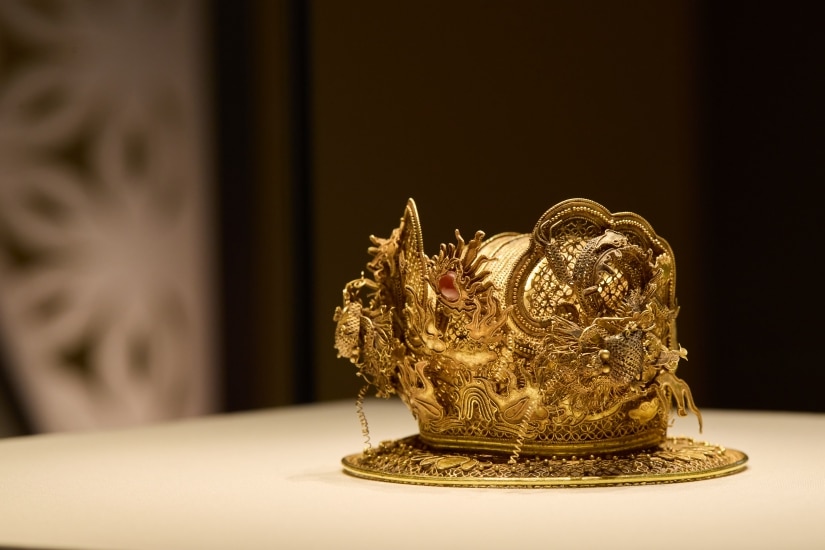The Hong Kong Palace Museum presents its first special exhibition of museum collections this month, “Golden Splendor: Ancient Gold Artifacts from the Hong Kong Palace Museum and the Dream Butterfly Studio.” This is the largest gold artifact exhibition in Hong Kong in recent years, showcasing over 220 sets of gold artifacts from the Dream Butterfly Studio, tracing the artistic and technological achievements of gold products in China’s history of over 3000 years.
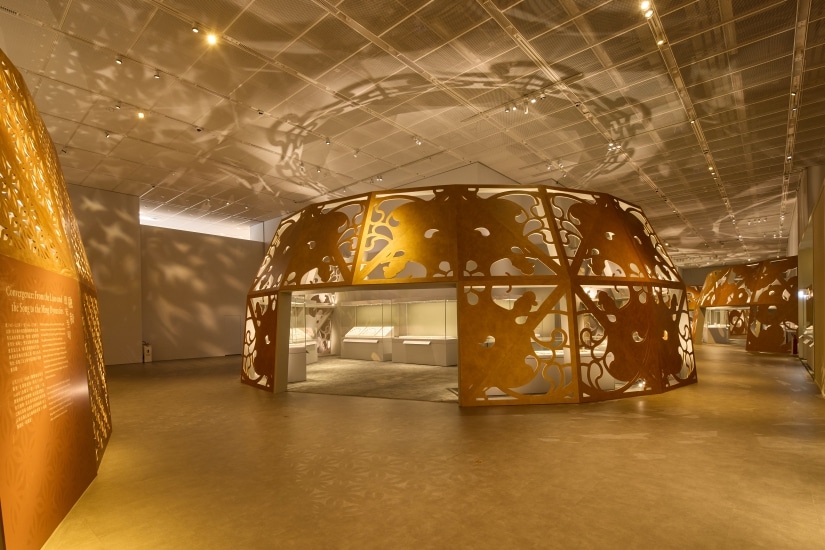
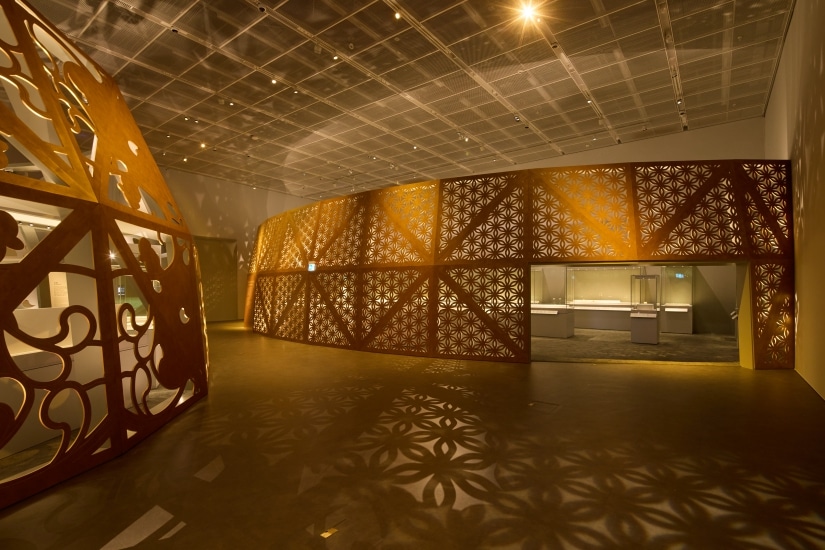
“Golden Splendor” exhibition is carefully curated by the expert team of the Hong Kong Palace Museum. It showcases a total of 220 exquisite ancient Chinese gold artifacts, most of which are donated to the museum’s collection by the owner of Dream Butterfly Pavilion, Lu Yinyin, and Zhu Weiji. Other exhibits are also borrowed from the Dream Butterfly Pavilion’s collection, with some of the earliest pieces dating back to the 18th century BC. Some of the treasures include magnificent gold jewelry worn by ancient nobles, as well as decorative items for their horses and carriages. Despite the passage of time, these exquisite objects still shine with a golden brilliance, and most of them are being publicly exhibited for the first time.
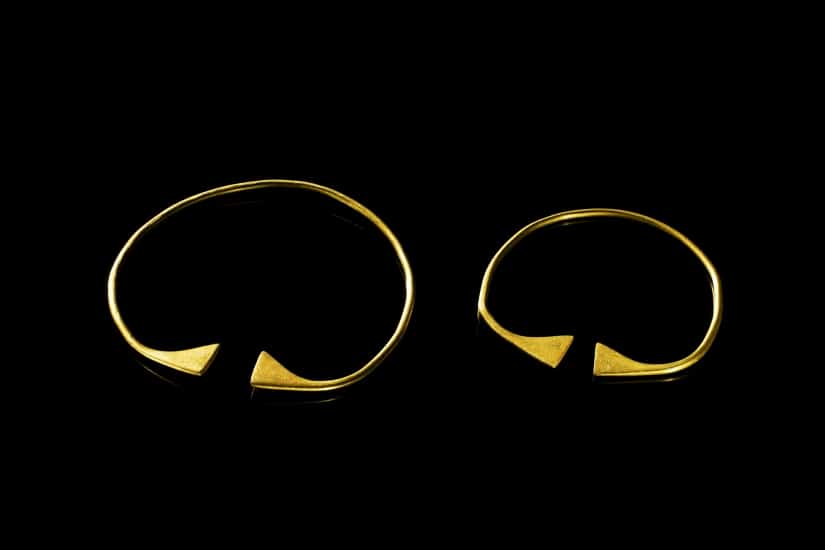
© 香港故宮文化博物館
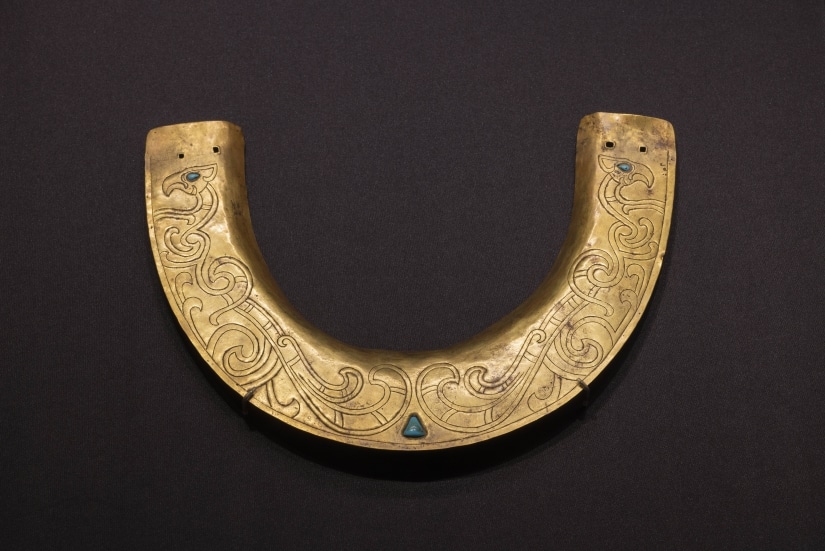
© 香港故宮文化博物館
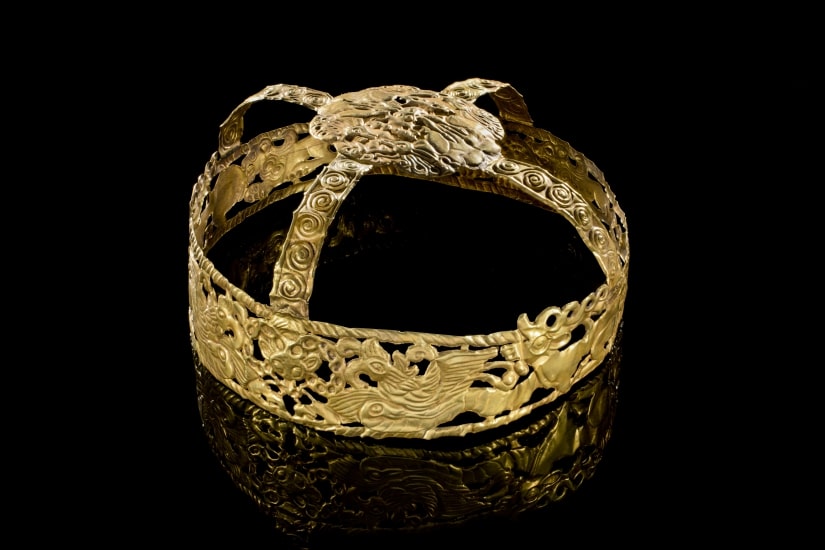
© 香港故宮文化博物館
The exhibition is divided into three parts. The first part showcases early gold artifacts from the Northern Grasslands and Central Plains regions from the 18th century BC to the Han Dynasty, exploring the interaction and exchange between the grasslands and the Central Plains. The exhibits include precious items such as gold crowns used by the Xiongnu nobility. This section not only displays the similarities and differences in gold products among various grassland ethnic groups, but also demonstrates the interaction between the grasslands and the aristocracy of the Central Plains.
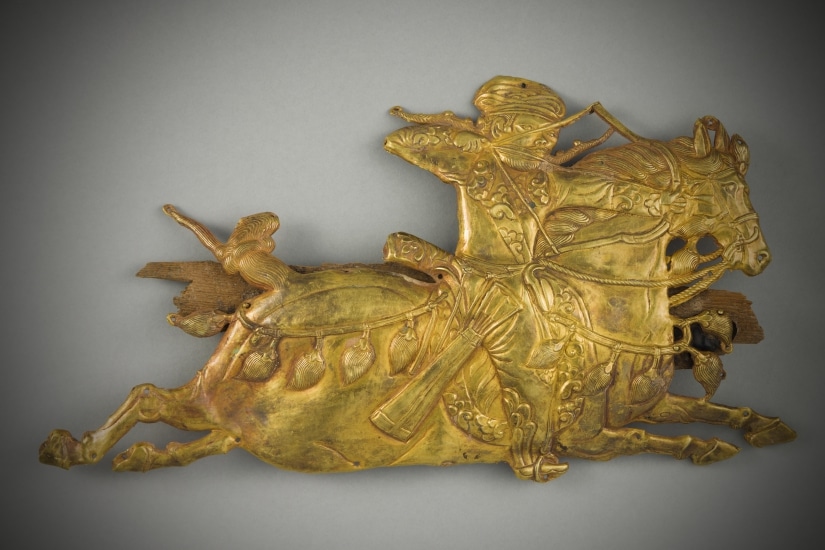
© 香港故宮文化博物館
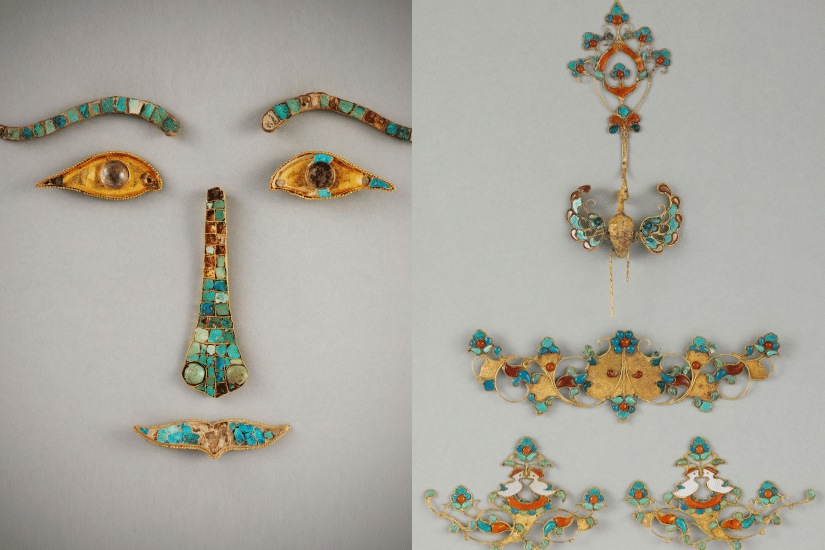
右:鳳及鴛鴦銜花枝形冠飾 唐 (618-907 年) 金鑲綠松石、紅瑪瑙、琉璃、硨磲 夢蝶軒惠贈 香港故宮文化博物館藏
© 香港故宮文化博物館
The second part focuses on the gold artifacts from the Tang Dynasty and the Tubo Dynasty during the 7th to 10th centuries, showcasing the role of gold artifacts in the close exchange between the two dynasties. The exhibits include banners with Central Plains patterns used by Tubo nobles, as well as inlaid crown ornaments worn by Tang princesses that were influenced by Central and Western Asian decorations. Through transportation networks like the Silk Road, the diverse civilizations from the Central Plains, South Asia, Central Asia, and Western Asia blended together, allowing Tubo to develop its own distinctive styles of gold artifacts.
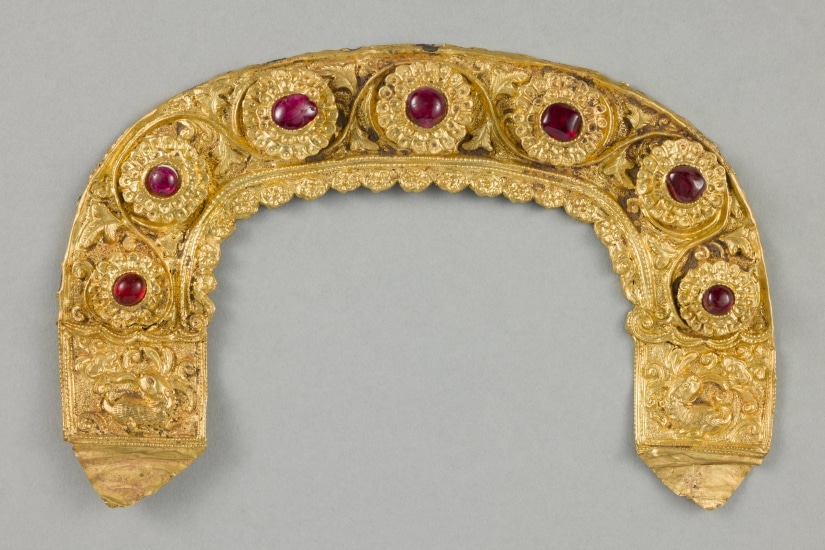
香港故宮文化博物館藏 © 香港故宮文化博物館
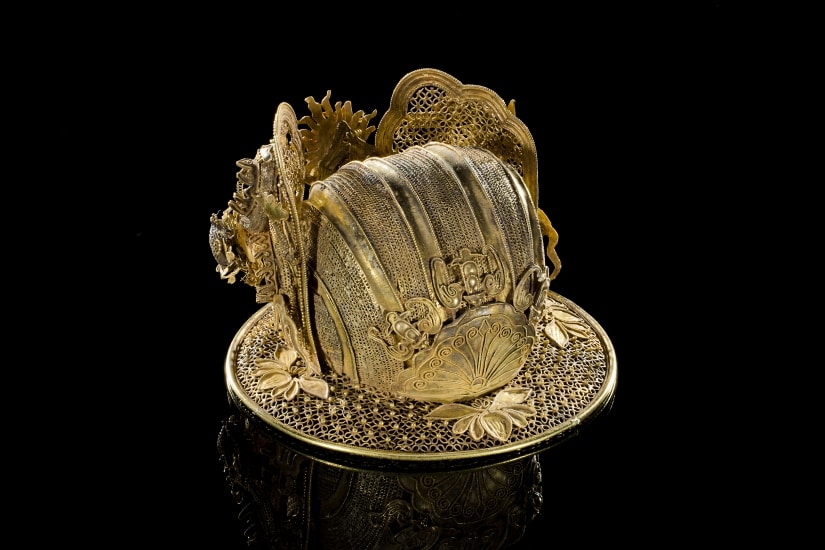
© 香港故宮文化博物館
The third part of the exhibition presents the achievements of the glorious period of ancient Chinese gold craftsmanship, showcasing the localization and ethnic integration characteristics of the golden products from the Liao, Song, and Ming dynasties. Since the Liao and Song dynasties, the nobility in the northern and central plains continued to use gold ornaments as symbols of their status. At that time, gold jewelry became more popular and was also used by the common people for daily decoration and bridal accessories. In terms of style, Liao and Song gold jewelry built upon each other: the Liao dynasty was grand and majestic, while the two Song dynasties were exquisite and business-oriented. Although their designs had similarities, they also had their own unique characteristics, reflecting the different aesthetic perspectives of people from the northern and central plains.
In conjunction with the opening of the “Golden Splendor” exhibition, the museum is launching a series of educational activities, including academic lectures hosted by the exhibition curator. We invite the owner of Dream Butterfly Studio, Lu Yinyin, and Zhu Weiji to share their experiences in collecting these gold artifacts and to discuss their appreciation for related cultural relics. Don’t miss out if you are interested in the history of Chinese gold artifacts!
“Golden Splendor: Ancient Gold Artifacts from the Hong Kong Palace Museum and the Dream Butterfly Collection”
Date: From now until September 25, 2023
Location: Exhibition Hall 9 of the Hong Kong Palace Museum
Ticket Price: HKD 120 (Adult) | HKD 60 (Concession)
Image source and learn more: Hong Kong Palace Museum

